Jean Christopher Chamcheu
Link to WebpageUniversity of Louisiana at Monroe
Project Title
Development of fisetin as a novel inhibitor co-targeting PI3K/AKT/mTOR/Rac1 and IL-17A for Treating Psoriasis
Mentors
Gus Kousoulas, Louisiana State University (Co-Mentor)
Shile Huang, Louisiana State University Health Shreveport (Co-Mentor)
Funding Periods
Full Project (05-01-2021 to 04-30-2024)
INBRE COBRE Collaborative Project (08-01-2019 to 8-18-2020)
Pilot Project (05-01-2018 to 04-30-2019)

Abstract
The major long-term goal of this full proposal is to validate the critical role of phospho-inositol-3 Kinase (PI3K)/protein kinase B(Akt)/mammalian target of Rapamycin (mTOR)/MAPK/epidermal Rho small GTPase Ras-related C3 botulinum toxin substrate 1 (Rac1) and secondary signaling in psoriasis pathogenesis and to develop fisetin, a common dietary polyphenolic ingredient for its management. Psoriasis is a chronic and currently incurable inflammatory skin disease that affects ≈ 3% of the world population including ≈ 8 million afflicted people in the US alone. Psoriasis etiology is complex, but involves disruption of multiple cell systems impinging on the dynamic interaction amid immune and the skin cells, featuring hyperplasia, immune cell infiltration, immune-mediators (including Th-17, IL-17A) orchestration and skin barrier dysfunction. Although not fatal, there is skyrocketing increase in the number of new psoriasis cases, associated with amplified risk of arthritis, pneumonia, cardiovascular morbidity, and significant decline in patients' quality of life. Curative treatments for psoriasis have proved frustrating, remain elusive and thus the dire need to develop novel and effective target-based strategies for long-term patient benefits. Emerging and our pilot data suggest that amid many signaling involved in psoriasis, the PI3K/Akt/mTOR/RAC1 and MAPK pathways which regulate cell growth and angiogenesis, are clinically relevant targets that cooperatively promote psoriasis in humans and imiquimod (IMQ)-induced mice skin compared to matched normal skin. Similarly, our pilot studies identified fisetin, as a potent RAC1, IL-17A and dual mTOR/p70S6K1 kinase inhibitor that physically interacts and competitively bind targets with binding energies of -7 to -10.5Kcal/mol. Moreover, fisetin alone or combined with immune/skin cells activating agents, induced differentiation and inhibited i) NHEK proliferation, ii) RAC1/PI3K/Akt/mTOR activation, iii) mTOR and RAC1 activities, iv) antimicrobial peptides, and v) release of inflammatory cytokines (especially IL-17A/INF-g) in human epidermal keratinocytes (NHEKs), peripheral blood mononuclear cells (PBMCs), CD4+T cells and in a CD4+T activated Full-Thickness Reconstituted Human Skin equivalent model of Psoriasis (FTRHSP). Based on these observations, we posit that "PI3K/Akt/mTOR/MAPK, Rac1 and IL-17A networks are critical in psoriasis pathogenesis and, fisetin will inhibit their activation, suppress growth, inflammation and neovascularization, and alongside induce differentiation to ably alleviate psoriasiform disease". This proposal is design to; 1) validate the role of mTOR central signaling and effect of fisetin in NHEK and FTRHSP cultures; and 2) assess the ability of fisetin treatment to mitigate the signs of psoriasiform pathology, decrease the expression and activation of PI3K/Akt/mTOR and MAPK and T-cells in imiquimod (Balb/c) and TPA (K14-VEGF)-induced mice, two complementary preclinical murine models of psoriasis.
